Crimea ten years old – Kommersant
[ad_1]
Ten years ago, on March 18, 2014, the Republic of Crimea and the city of Sevastopol became part of Russia. Since then, more than 1.3 trillion rubles have been invested in the integration and reconstruction of new entities. Some material evidence of changes is in the Kommersant photo project.
Building bridges
After the “Crimean Spring,” the peninsula found itself under a land blockade, so the construction of a transport corridor across the Kerch Strait was declared a priority. On March 19, 2014, President Vladimir Putin ordered to connect new entities with the “mainland” by railways and roads. Construction of a bridge worth 228 billion rubles. began in February 2016 and lasted a little over two years. The 19 km long structure became the longest in Europe. After the start of the special operation, the crossing was twice attacked by Ukraine.
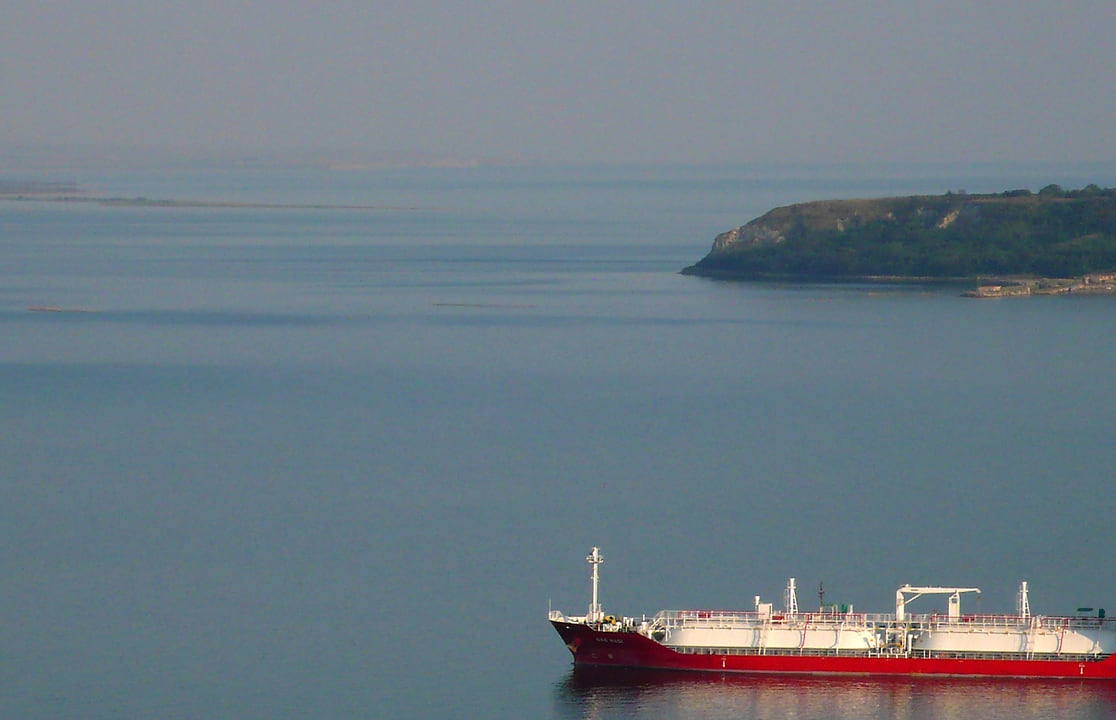
2013

2024
In May 2017, construction began on the A-291 “Tavrida” highway, which “continued” the Crimean Bridge from Kerch to Sevastopol. Half of the 250 km four-lane highway was built from scratch. The estimated load of the route, which allows crossing the peninsula in three hours, is 40 thousand cars per day. The movement was opened in August 2020, although construction of the last section, which included the reconstruction of the Yalta Ring in Sevastopol, was completed only in March 2024. The cost of the road was 150 billion rubles.
Due to the sharply increased air traffic, construction of a new terminal at Simferopol airport began in May 2016. The project doubled the airport’s capacity. The airport complex has an area of 78 thousand square meters. m and cost 32 billion rubles, resembling a sea wave, received its first vacationers in April 2018. At the end of 2021, the airport served a record 6.8 million passengers for the peninsula. Since February 2022, flights to Crimea have been suspended.
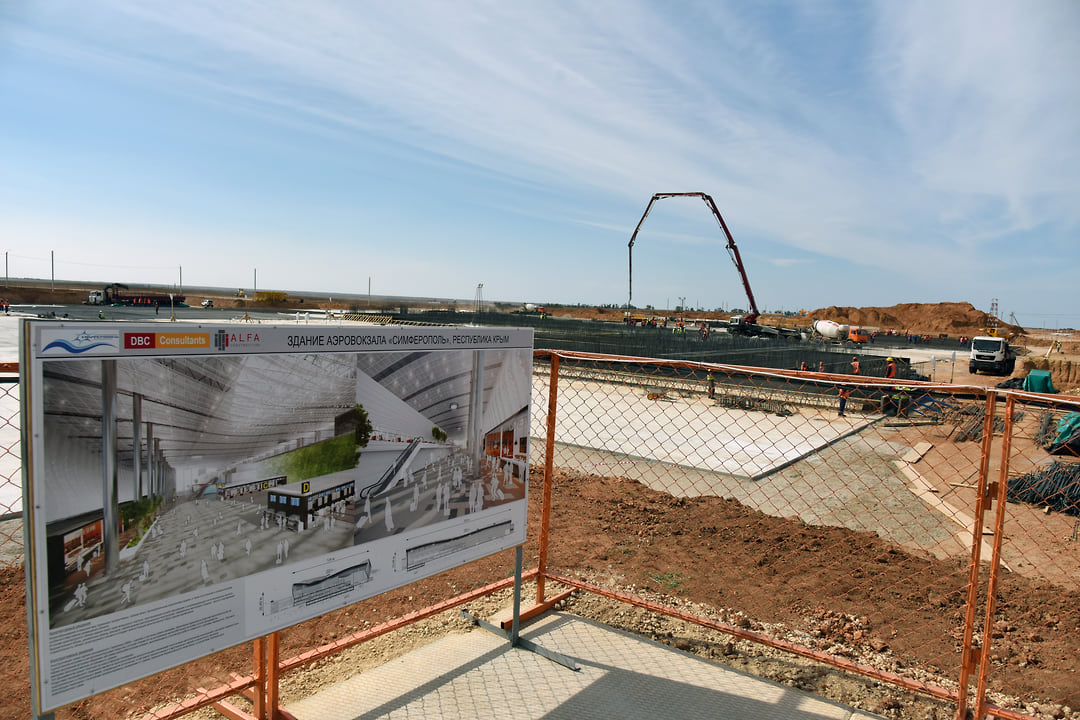
2016
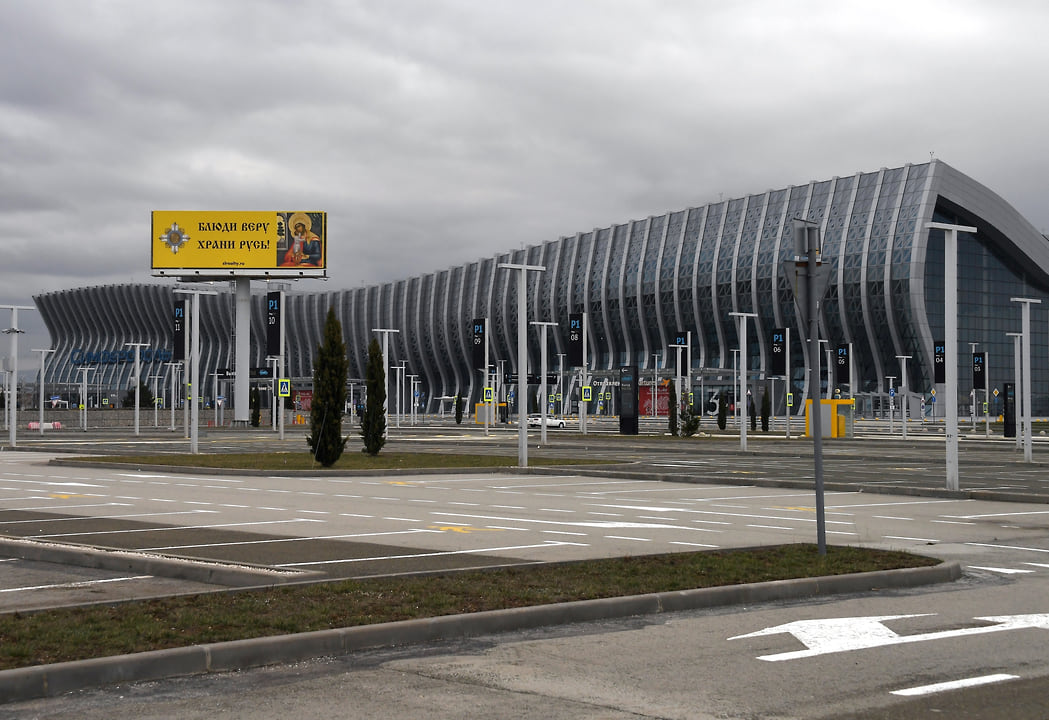
2024
Water-energy balance
No less pressing a problem than transport links was the issue of energy supply to Crimea, since it was supplied from Ukraine. Power outages began already in 2014. Two thermal power plants with a total capacity of 940 MW, the construction of which began in July 2015, helped solve the problem. Tavricheskaya and Balaklavskaya thermal power plants, located in Simferopol and Sevastopol, respectively, began operating three years later. They reached full capacity in March 2019. The cost of the project was 71 billion rubles.
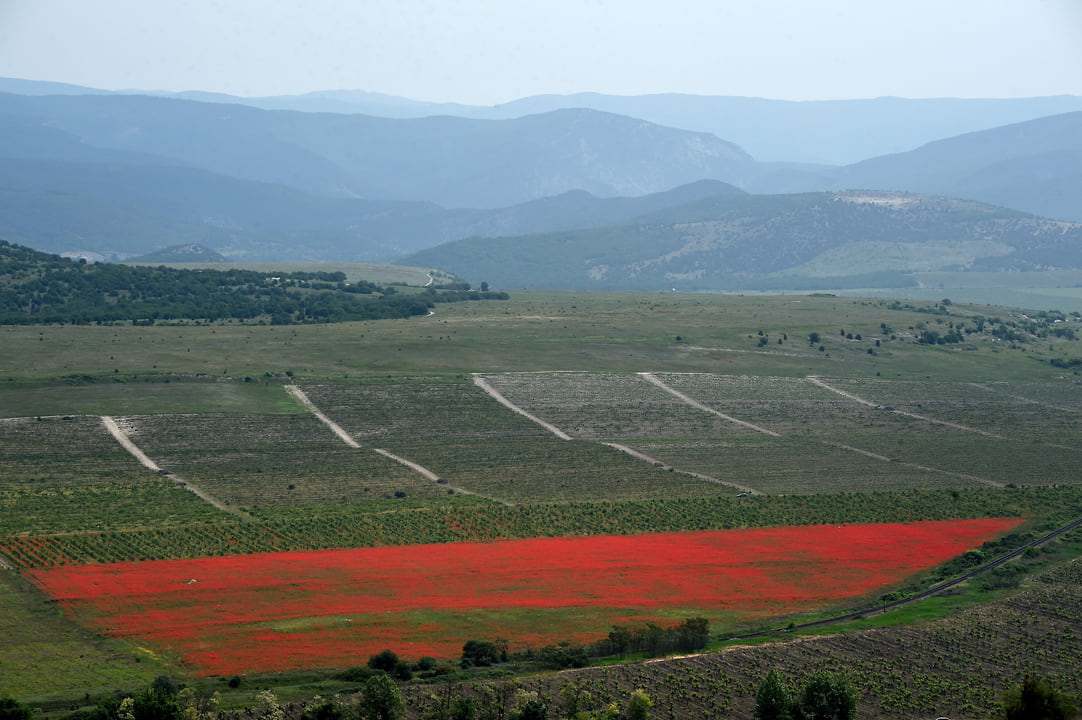
2015

2024
Also, at the end of 2015, an energy bridge from the Krasnodar Territory worth 47 billion rubles was launched, which made it possible to stabilize the peninsula’s energy system. In addition, in 2016, a 400 km gas pipeline was laid along the bottom of the Kerch Strait for 20 billion rubles, which provided fuel to the base power stations of Sevastopol and Simferopol.
The situation with water supply was even more complicated, since Ukraine blocked the North Crimean Canal, which supplied the republic with fresh water from the Dnieper. To fill the deficit in the north of the peninsula, drilling of wells at the Nezhinsky, Prostornensky and Novogrigorievsky water intakes began immediately, which were put into operation in 2015–2016 and filled part of the dry canal. Then they began to create a 150-kilometer water pipeline to Kerch, Feodosia and Sudak (planned to be completed by the end of 2024). The total cost of the project exceeds 23 billion rubles. After the start of the special operation, the North Crimean Canal was unblocked, and the water intakes were mothballed. However, due to the destruction of the Kakhovskaya hydroelectric station in the summer of 2023, the canal became shallow again. The Crimean authorities do not rule out that the wells may be needed again.
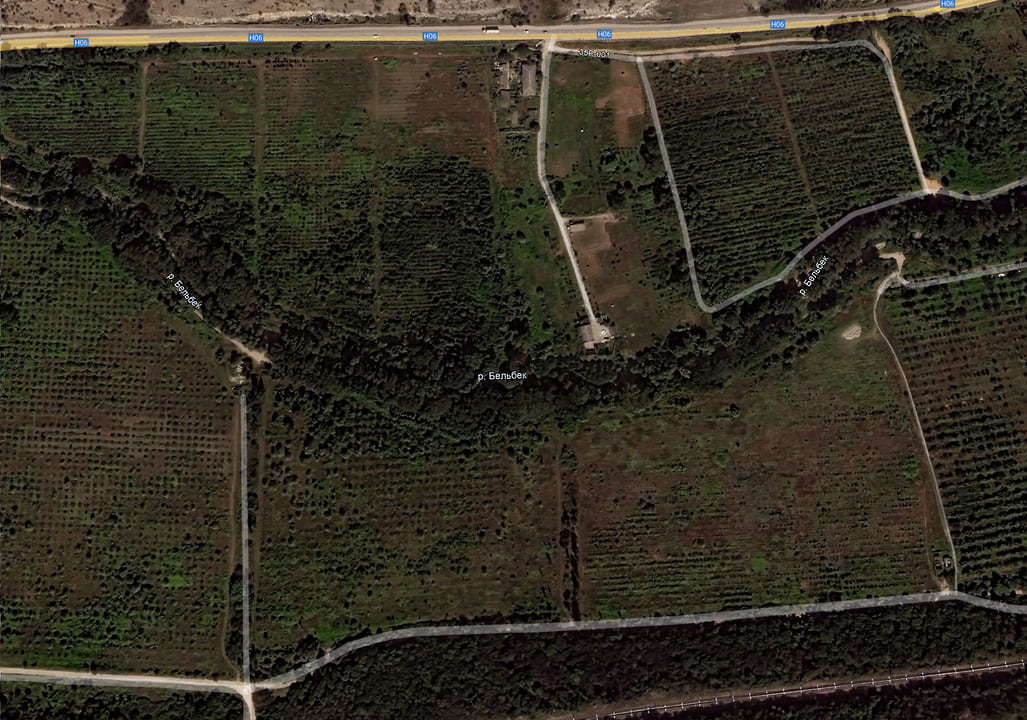
2013
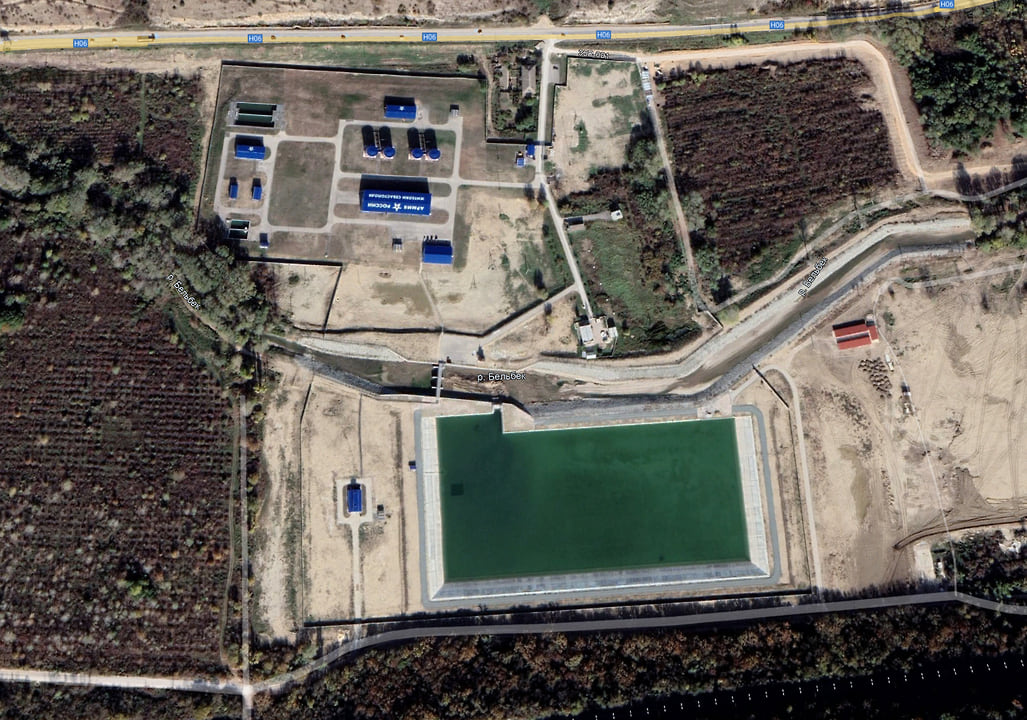
2024
In the fall of 2020, against the backdrop of the shallowing of the Chernorechensky reservoir, which was the main source of water for Sevastopol, it was decided to build a water intake on the Belbek River. The project was implemented by the Ministry of Defense in 115 days.
Social investments
As part of the federal target program, hundreds of educational, healthcare, cultural and sports facilities were built and reconstructed. One of the most significant is the new complex of the Republican Clinical Hospital named after. Semashko with 734 beds, which was built near Simferopol for 10.7 billion rubles.
The Russian authorities have completed many long-term construction projects of the Ukrainian period, for example, the problematic high-rise buildings on Shevchenko, General Ostryakov, Brigade Commander Potapov and Stepanyan streets in Sevastopol. And some, on the contrary, were demolished – like the illegal 16-story building on Cape Khrustalny, which for many years spoiled the view of the Sailor and Soldier monument.
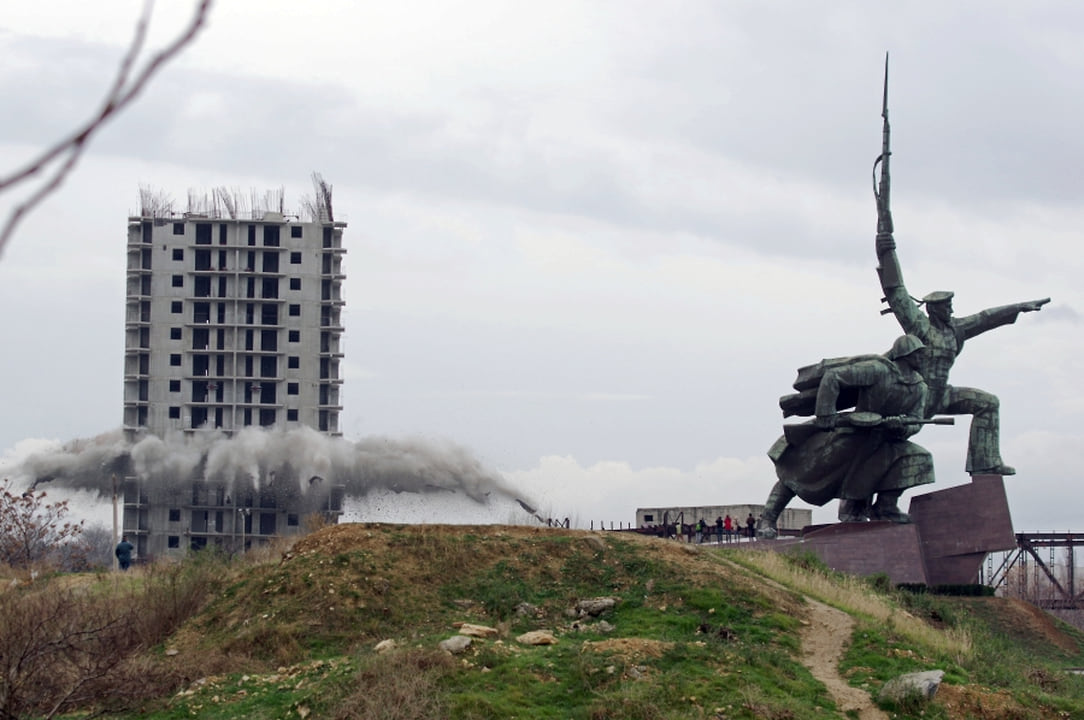
2014
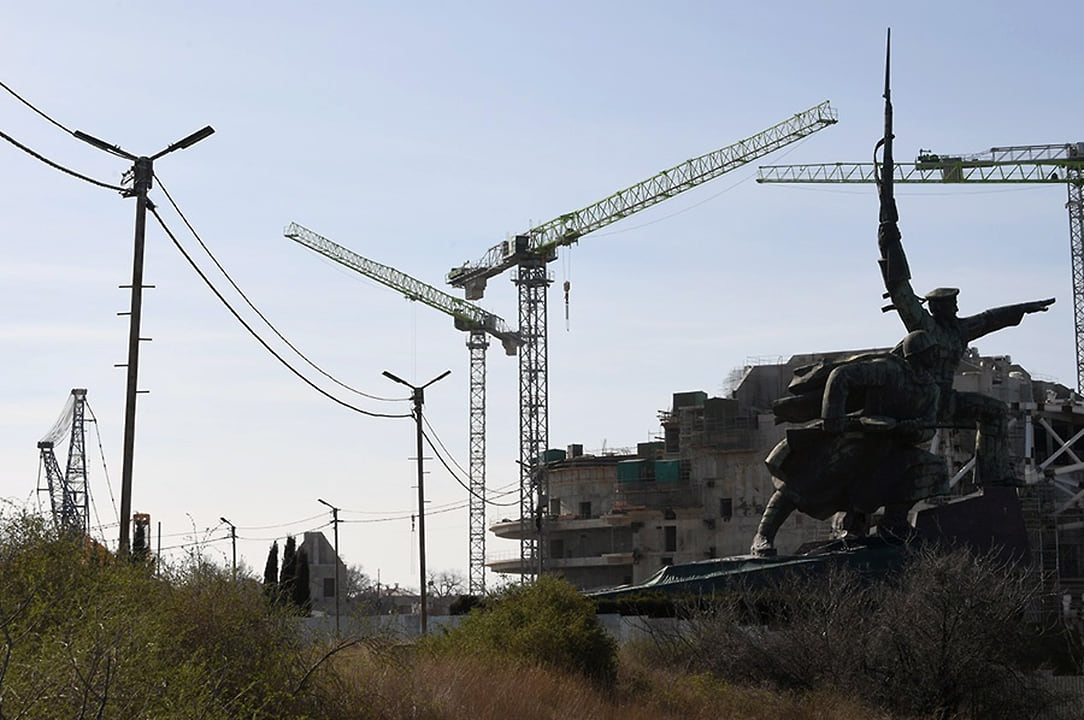
2024
Recreation areas and public spaces have been transformed, many of which have not seen improvement since Soviet times. The embankments of Yalta, Alushta, Sudak, Simeiz, Yevpatoria, Feodosia, and Sak were reconstructed, and work continues in Koktebel.
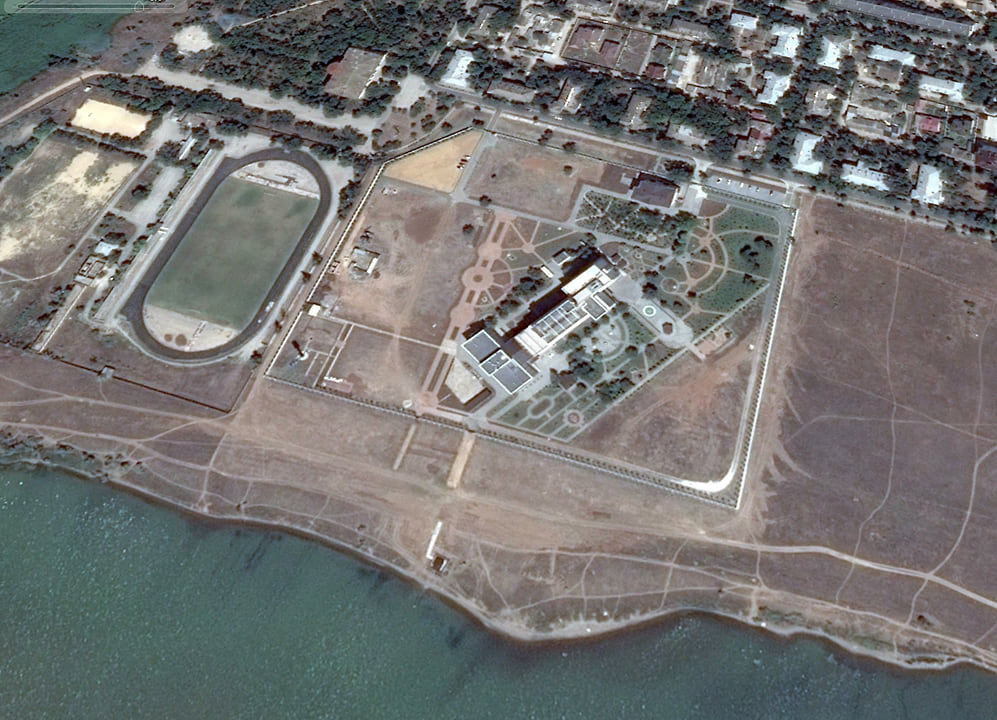
2014
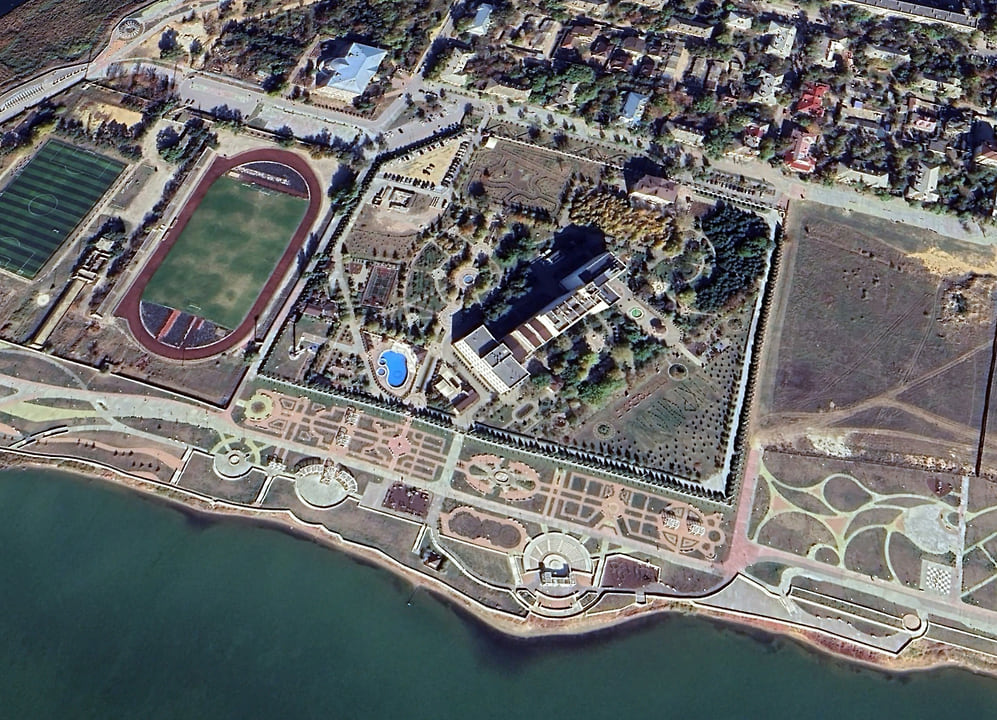
2024
Without a hetman, but with an emperor
Immediately after joining Russia, the new authorities began to revise the Ukrainian heritage. In April 2014, by decision of… O. Governor of Sevastopol Sergei Menyailo, the monument to Hetman Peter Sagaidachny, erected in 2008 near Kruglaya Bay, was dismantled, as well as a memorial sign in honor of the 10th anniversary of the Ukrainian Navy, installed in 2002 on Nakhimov Square. Both memorials went to Ukraine, the first one now stands in Kharkov.

2008
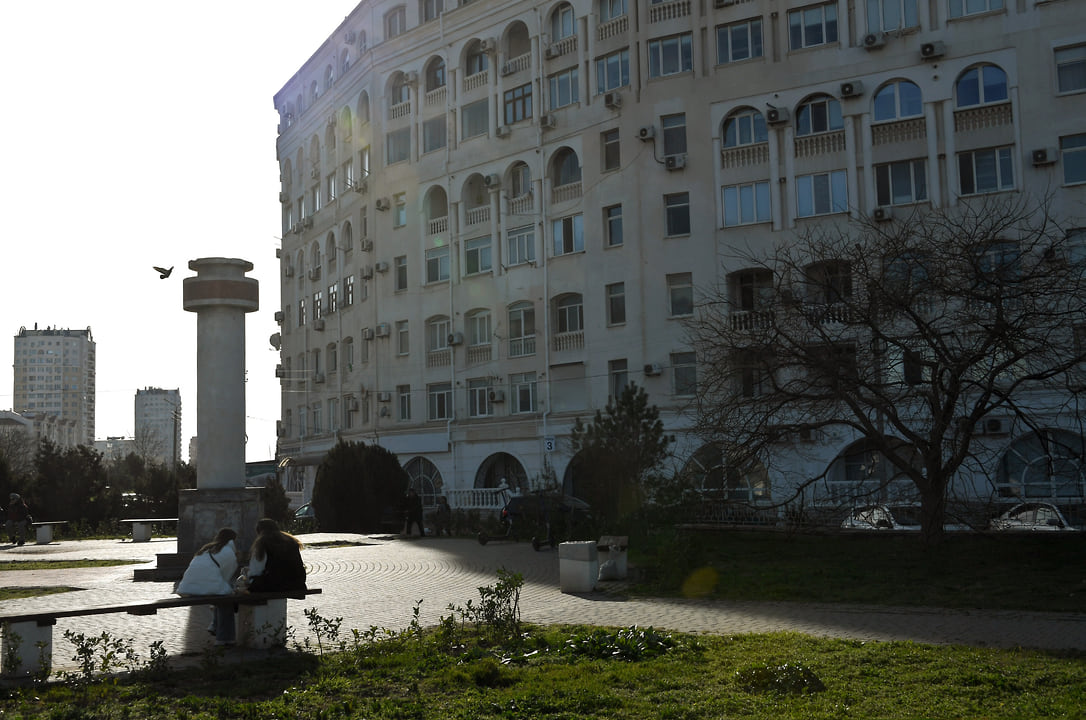
2024
In return, the events of the “Crimean Spring” were immortalized. For example, in 2014, a memorial sign appeared in Kerch in honor of the republic’s admission to the Russian Federation, and in 2016, in Simferopol, near the State Council building, a monument was unveiled to members of the special operations forces – the so-called “polite people”.
The monument in the form of a knot symbolizing friendship between Russia and Ukraine, which was installed by the former mayor of Kerch in 2010, remained in place, but was repainted.
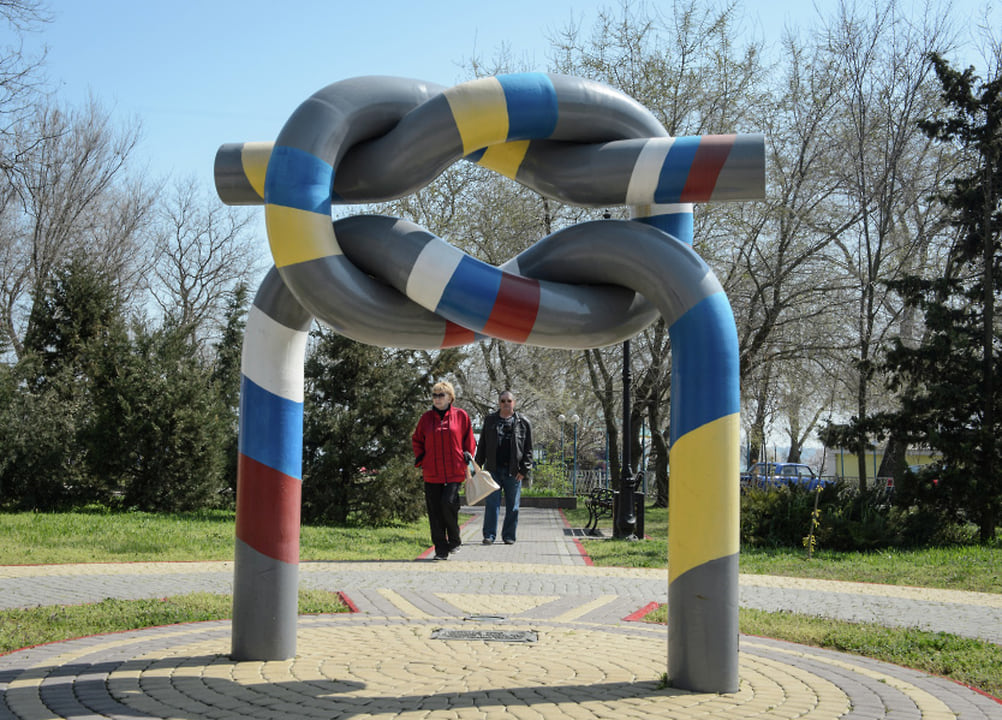
2014
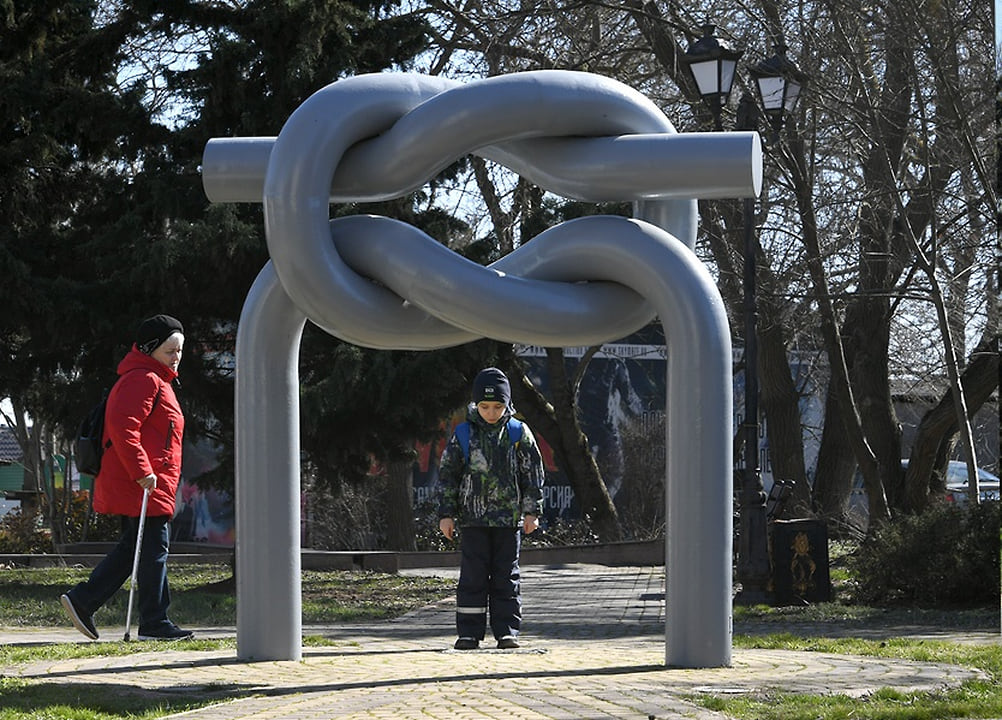
2024
Historical motives for the annexation of the peninsula to the Russian Empire have been widely reflected in the monumental art of Crimea over the past ten years. Vladimir Putin was present at the opening of the monument to Alexander III in Yalta in 2017. In 2021, he opened a monument in Sevastopol in honor of the 100th anniversary of the end of the Civil War, depicting a White Guard and a Red Army soldier.
The Russian authorities quickly got rid of the Ukrainian language at the level of names of settlements and road signs – by the end of 2014.
In general, the transition period in Crimea and Sevastopol ended by January 1, 2015, although the provisions of certain regulations and the validity of some Ukrainian documents were subsequently extended.

2013
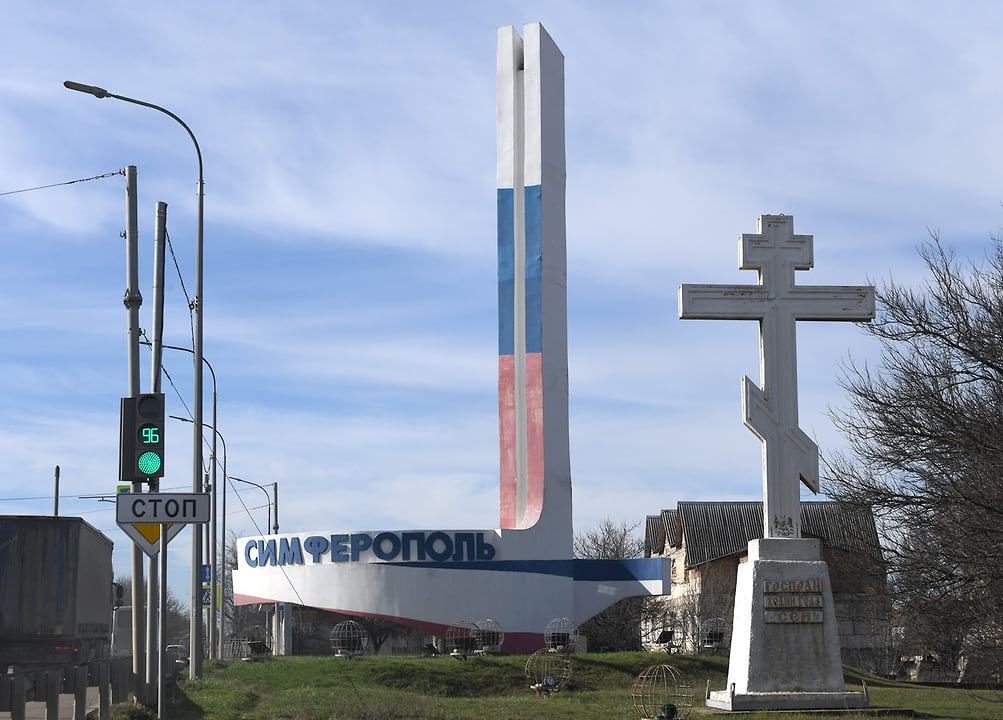
2024
Do not forget that Ukrainian, together with Crimean Tatar, continues to be the state language of the Republic of Crimea, therefore signs on government institutions contain inscriptions in all three. Sevastopol does not have the right to a state language, since it is not a republic.
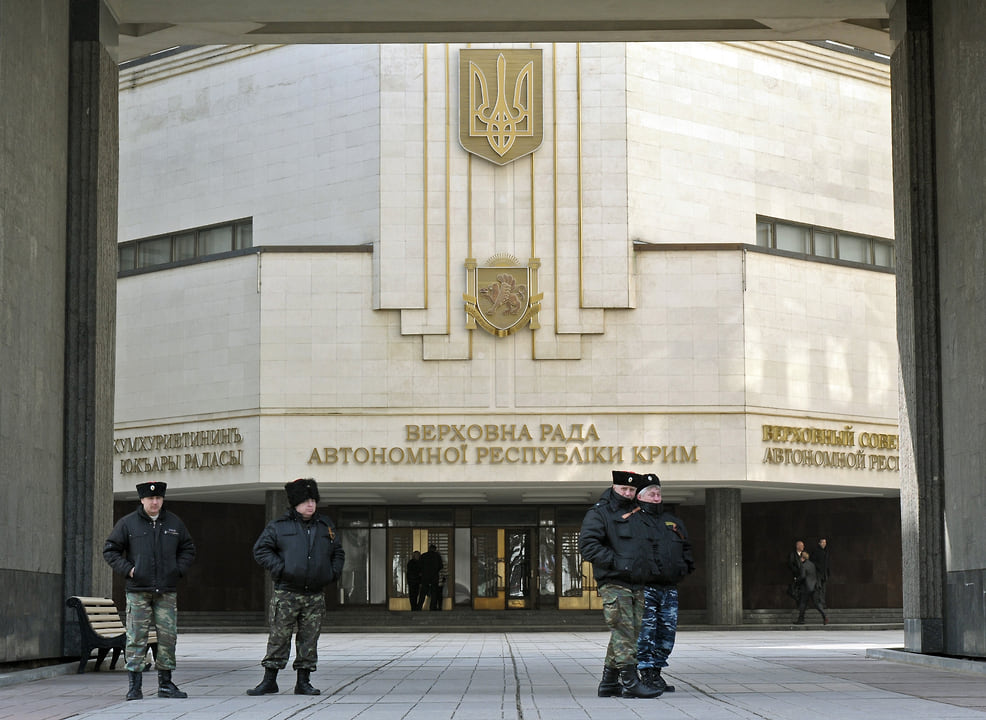
2014
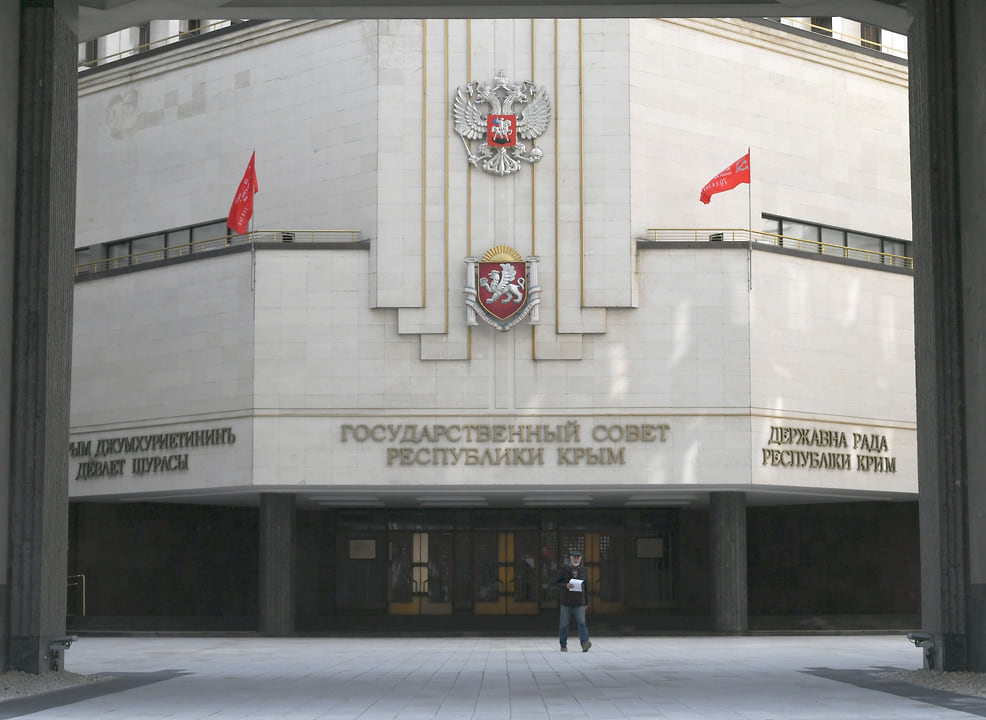
2024
Despite statements by the Mejlis of the Crimean Tatar people (recognized as an extremist organization and banned on the territory of the Russian Federation), which took the side of Ukraine after the “Crimean Spring”, the number of residents identifying themselves as Crimean Tatars has grown over the past ten years. According to the latest Ukrainian population census of the peninsula, which took place in 2001, 12.1% of respondents considered themselves to be such. In October 2014, as part of the first Russian census, 12.6% called themselves Crimean Tatars, and in October 2021 – already 14.1%.
In September 2015, construction began in Simferopol of the largest religious site of the Crimean Tatars on the peninsula – the Cathedral Mosque, into which about 6 billion rubles were invested. In 2023, it opened its doors to 4 thousand parishioners.
[ad_2]
Source link






